Noatak National Preserve: A Way of Life
When President Carter passed the Alaska National Interest Lands Conservation Act in 1980, he wanted to be sure to preserve the native Alaskan way of life. For this reason, rather than including the entire arctic area into one national park, he set aside 8 million acres as Gates of the Arctic National Park and 6.5 million acres as Noatak National Preserve. The preserve designation continues to allow subsistence hunting and fishing, as well as recreational activities.
Following on from our blog about Gates of the Arctic National Park, similar to Gates, there really is no way to get into the Noatak National Preserve other than via the river or by air. Like Gates, there are no roads and no established trails. We travelled into Gates on our river trip, beginning in Gates of the Arctic National Park and finishing in the Noatak National Preserve at the “Otter Bar” – one of the few extraction points.
At the Otter Bar, there is no bar and no otters. It is simply a short (.16 mile) gravel airstrip where an Otter airplane can land. That’s how it works in these remote arctic national park units.
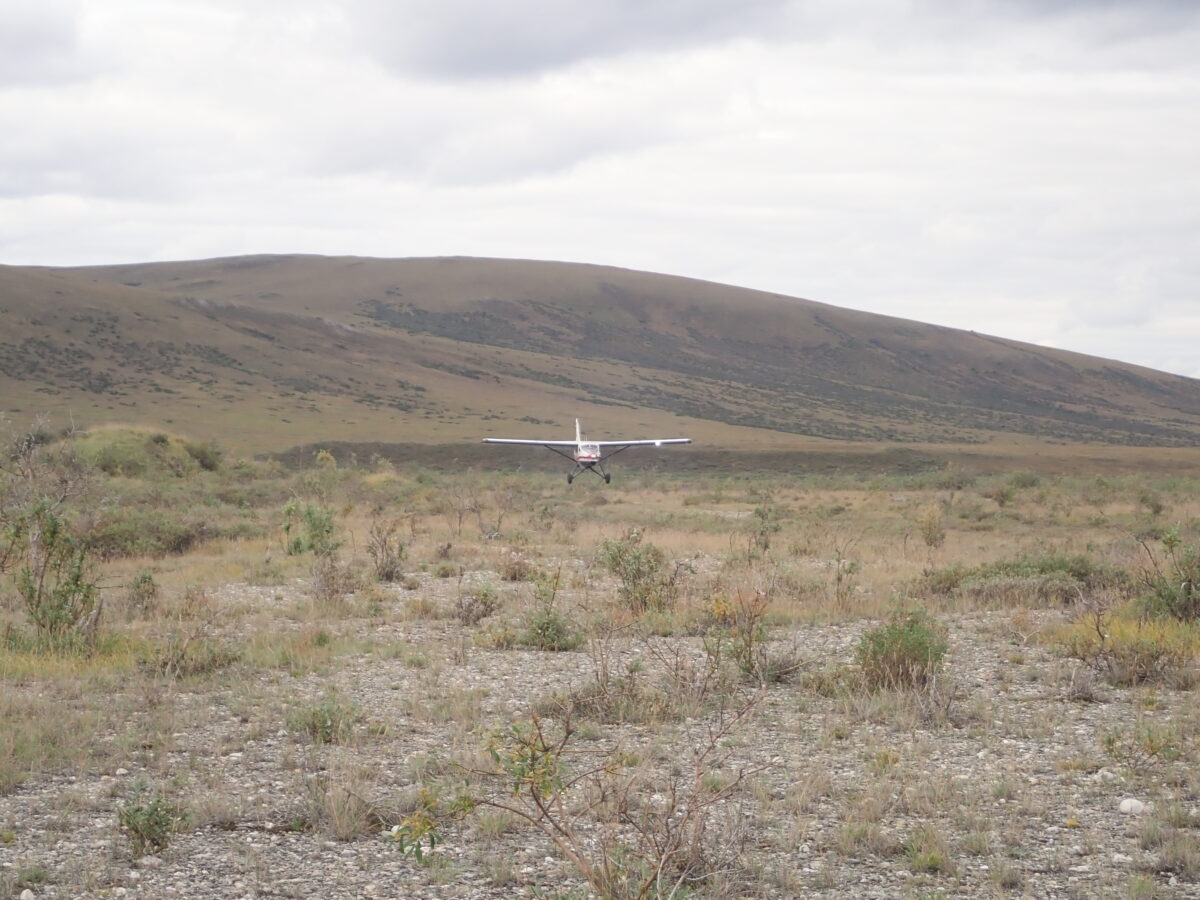
About the Noatak National Preserve
The scenery really changed as we travelled from Gates into the Noatak Preserve. Unlike in Gates, where the mountains seemed to come right down to the water, in the Noatak Preserve the river valley widened and flattened out. The snow capped mountains were farther off into the distance and the hills began to change in nature – less rocky and greener, covered in vegetation
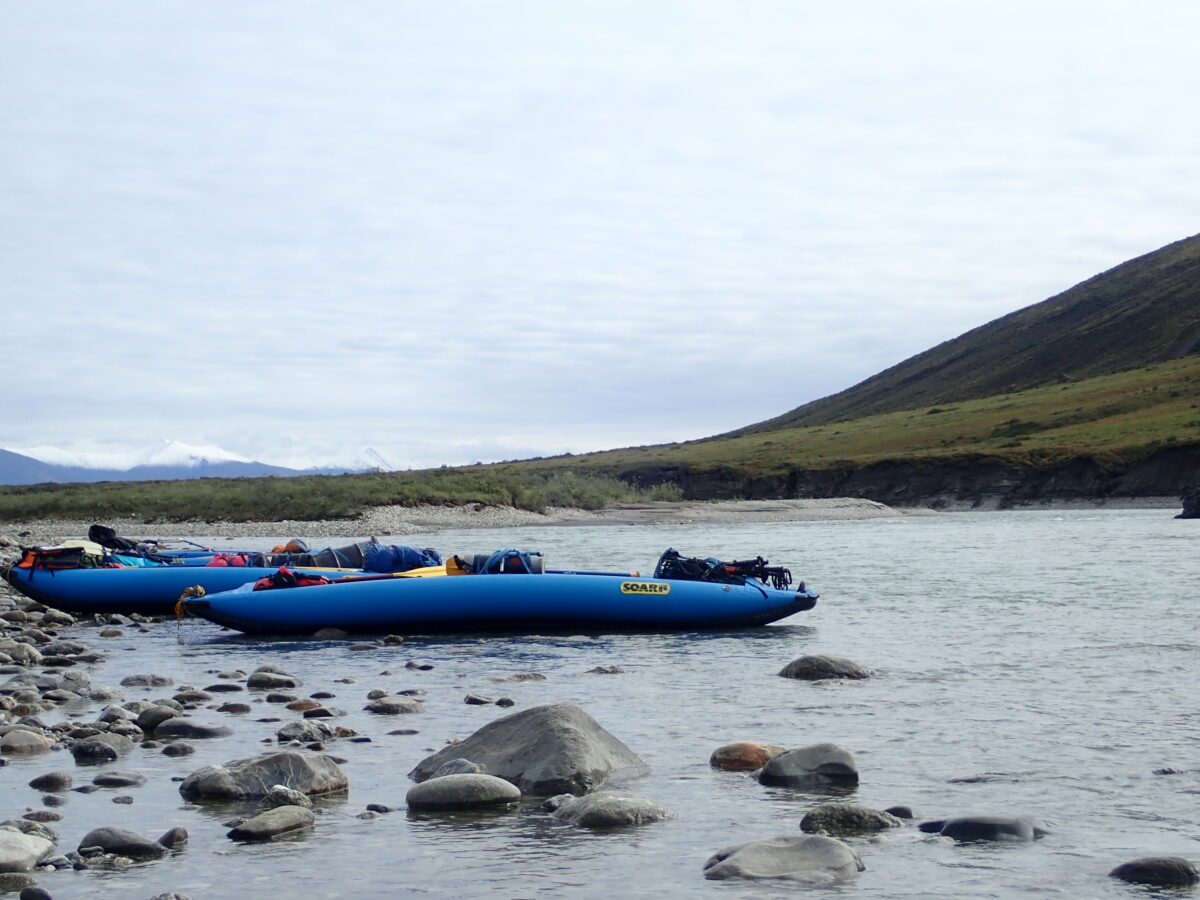
some of it changing to petty fall colors.
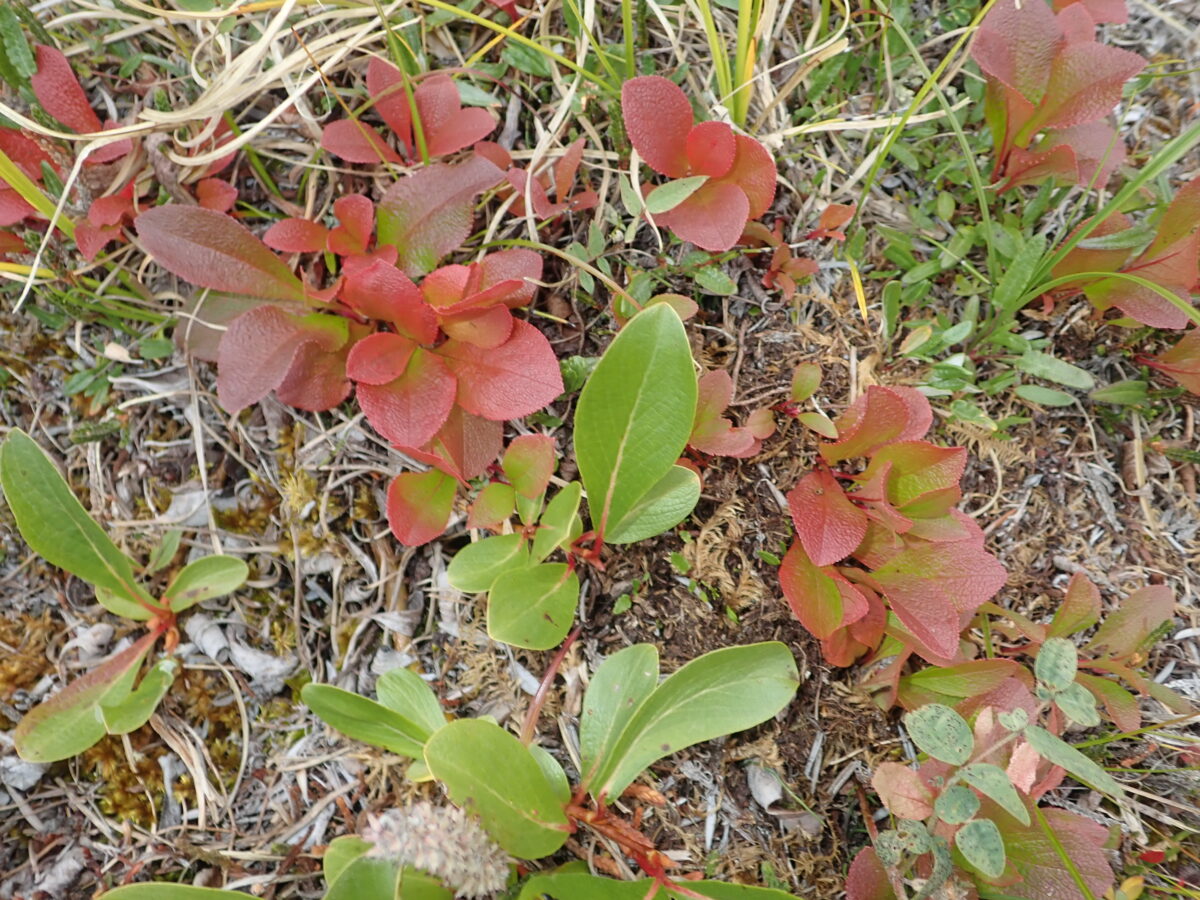
The river changed too. It became less serene and there were fewer swooping river bends, making it a bit faster. The banks got steeper in some places, and we began to encounter “boulder gardens” and small rapids (of course this depends on river level).
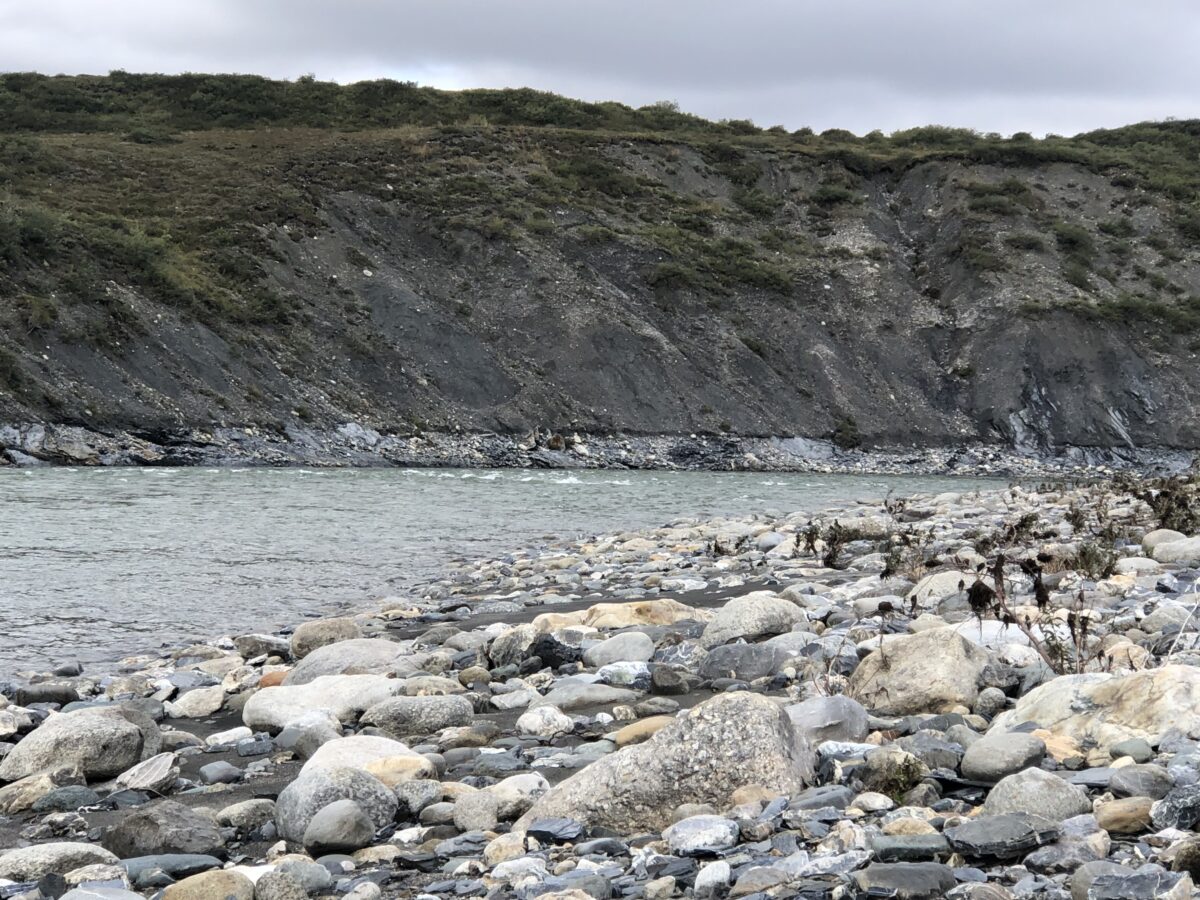
Because of the wider valleys, there was more room to camp off the river. One night we camped on the tundra. It so soft! Even softer than camping on the sand and much cleaner!
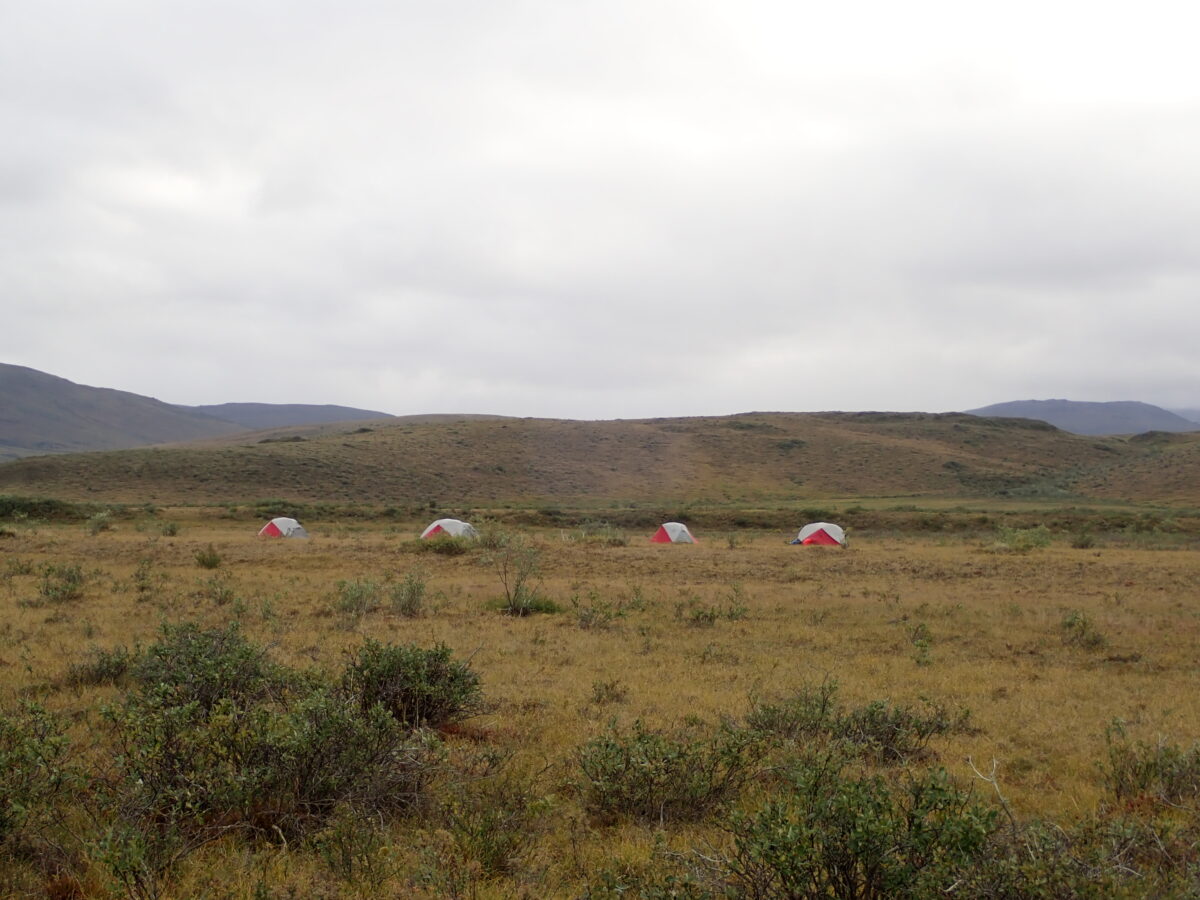
When we were there we had a great hike up the hill overlooking the river, making our way across the tundra. It is an amazing introduction to arctic habitat. Visualize the grassy tussocks as “grass covered bowling balls”, rolling left or right depending on where you place your foot. That was interesting. Take a wrong step and you end up with a wet foot.
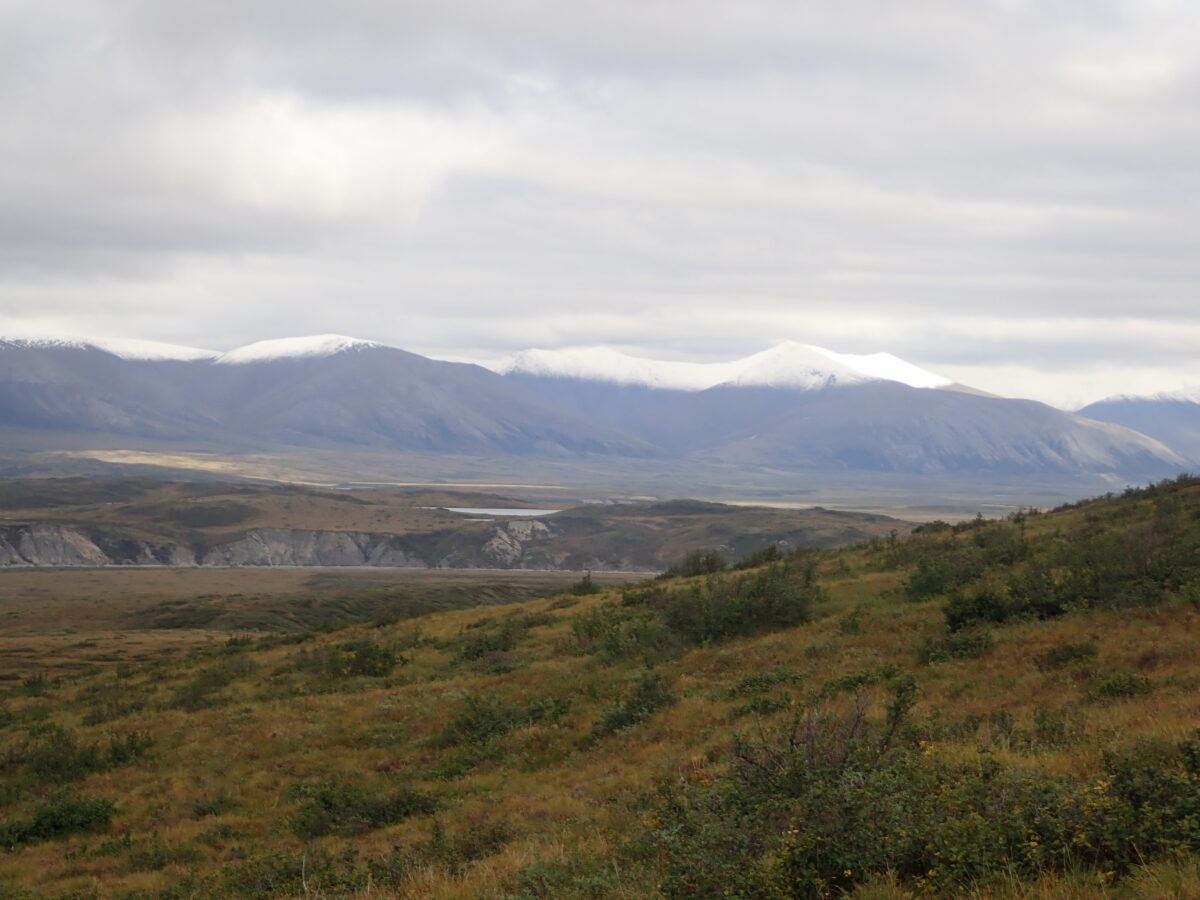
We continued to see evidence of animals, but we were a bit early for the caribou migration. Each year over 300,000 caribou come through here as they migrate north for the winter. But we did have a fun resident in one of our camp spots – an Arctic squirrel. He wasn’t too afraid of us, but when a bird of prey came near he quickly disappeared into a hole.
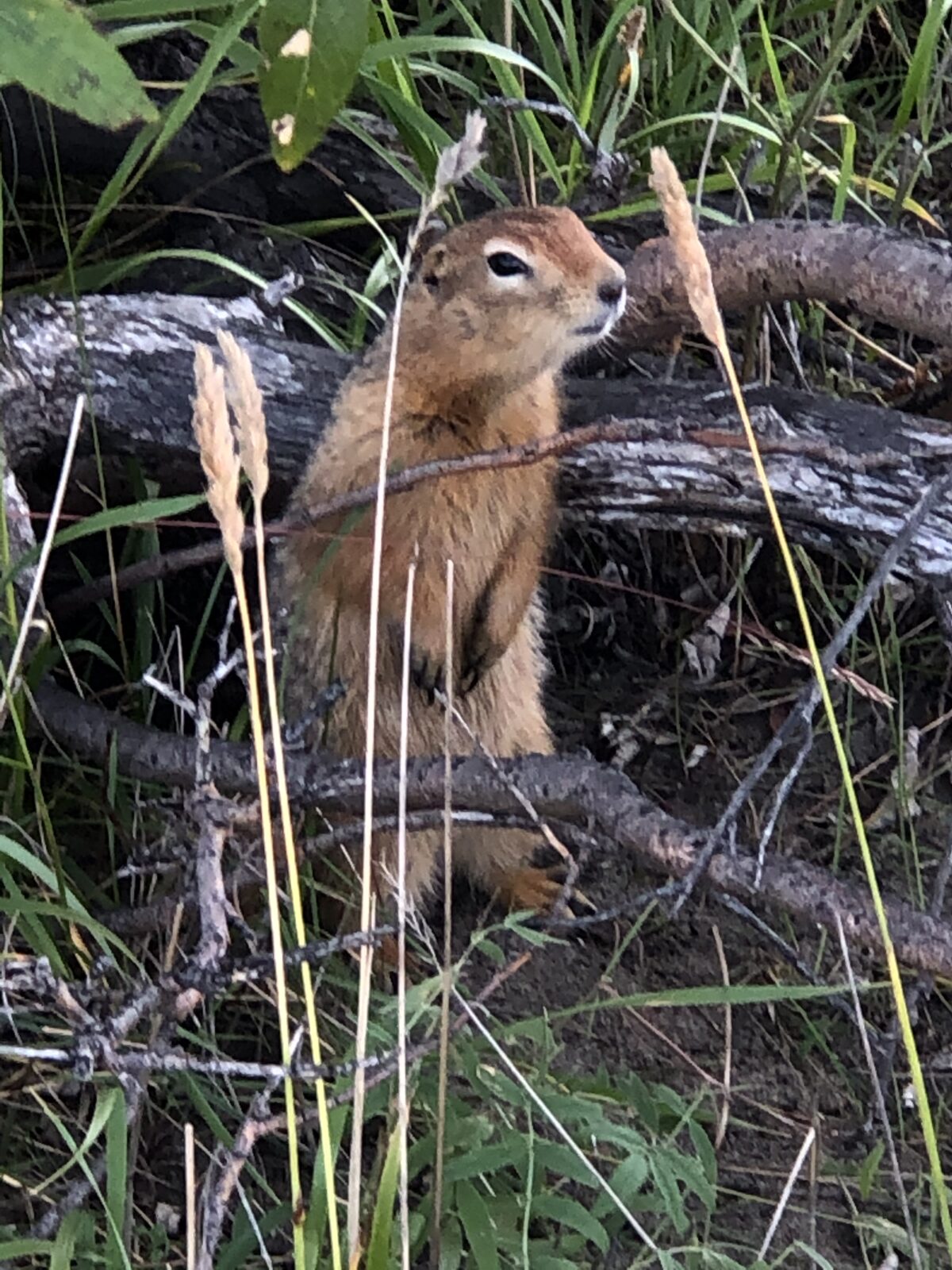
The Noatak River is designated as a wild and scenic river, and it surely didn’t disappoint. Flowing from high in the Brooks Range in Gates of the Arctic National Park, the Noatak River flows through the largest untouched mountain river basin in the northwest from Gates (the 2nd largest national park unit in the US) and out through the Noatak Preserve (the 3rd largest national park unit in the US), exiting at Kotzebue Sound into the tidewater of the Chukchi Sea.
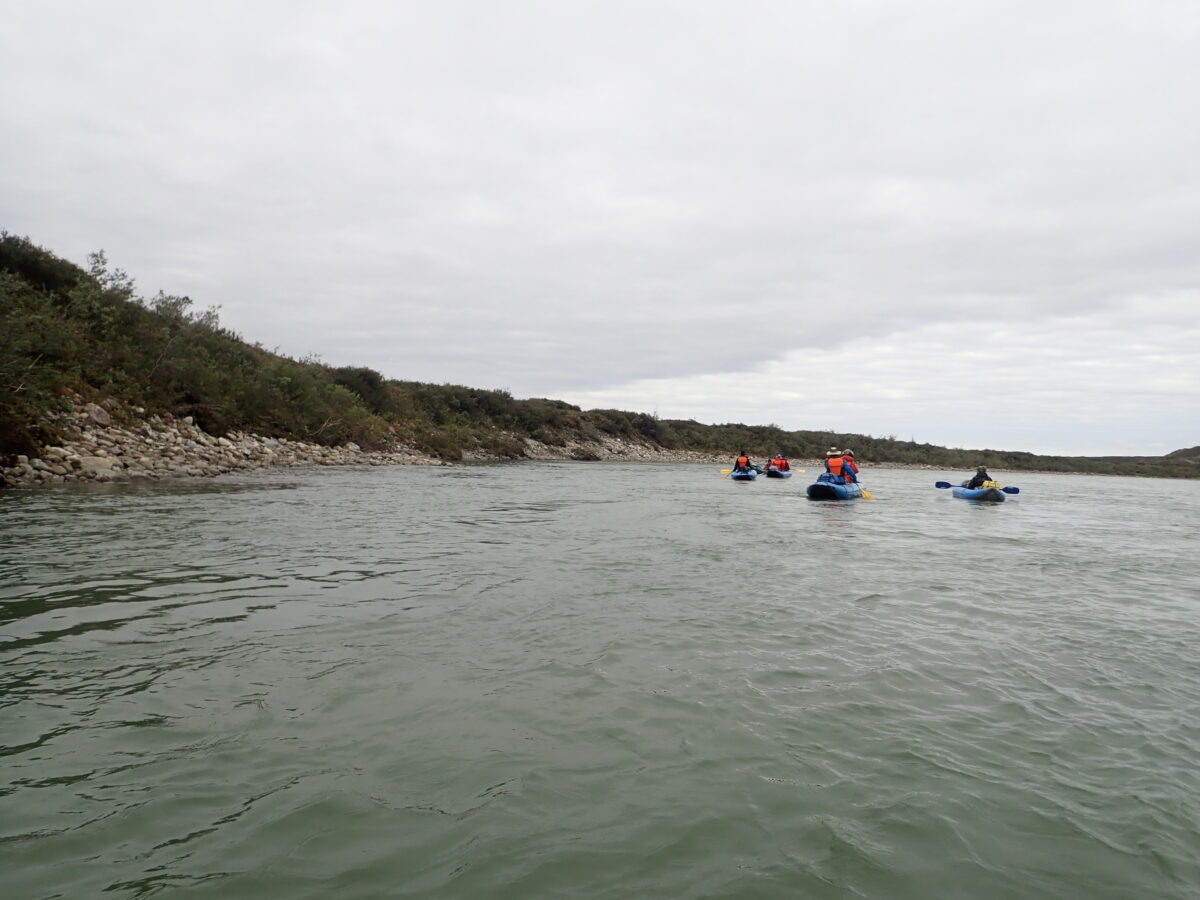
We only saw a small portion this 280 mile river, but thoroughly enjoyed our 3 days there. Many visitors to Gates of the Arctic National Park fly directly from there to Kobuk Valley, skipping the Noatak National Preserve. That is a shame since it provides such a different view of the arctic. We are certainly happy we did this part of the river and would encourage you to include it in your plans!
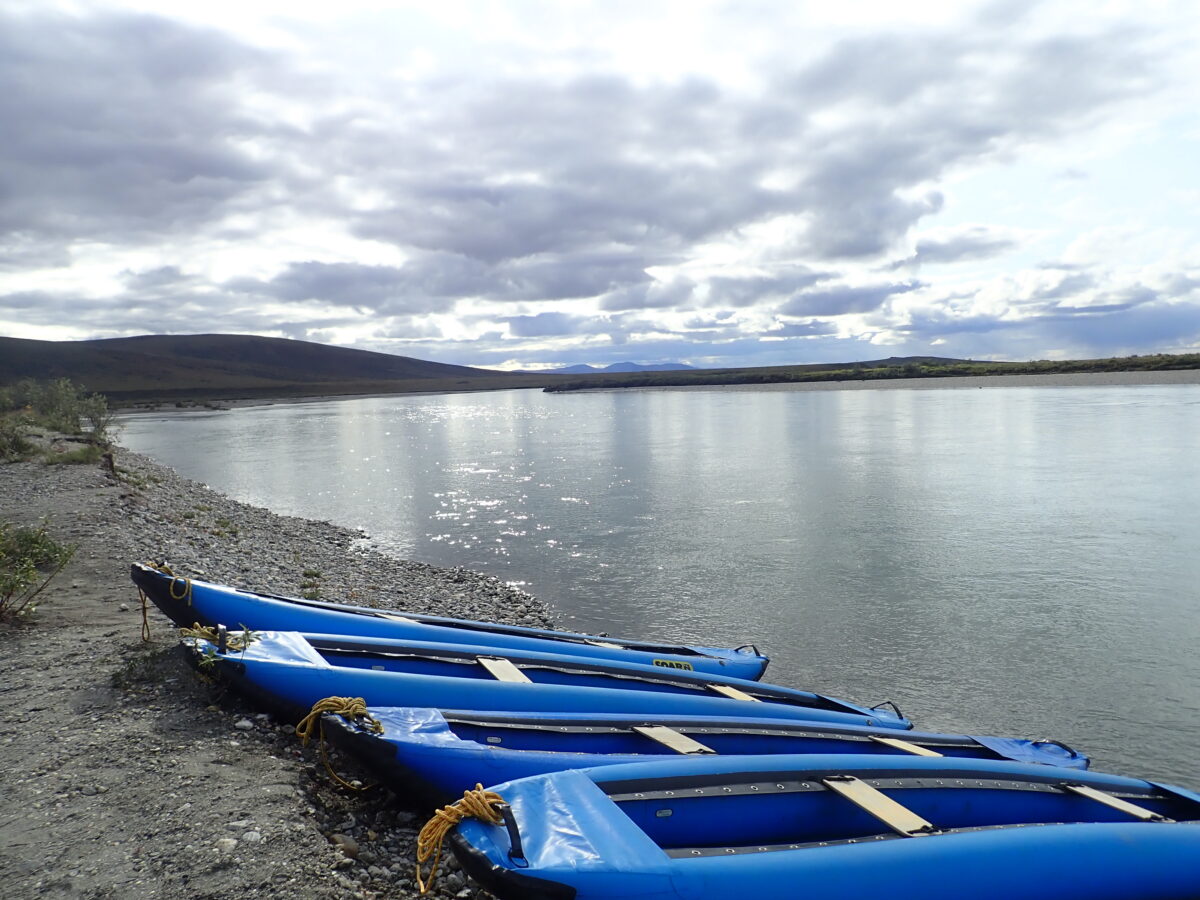
Need Help Planning Your Visits?
If you would like to explore this or other National Park Units, but need a bit help in the planning, please give us a call at (480) 609-3978. We are happy to offer customized trip planning.
#FindYourPark
#SeeAmericaFirst
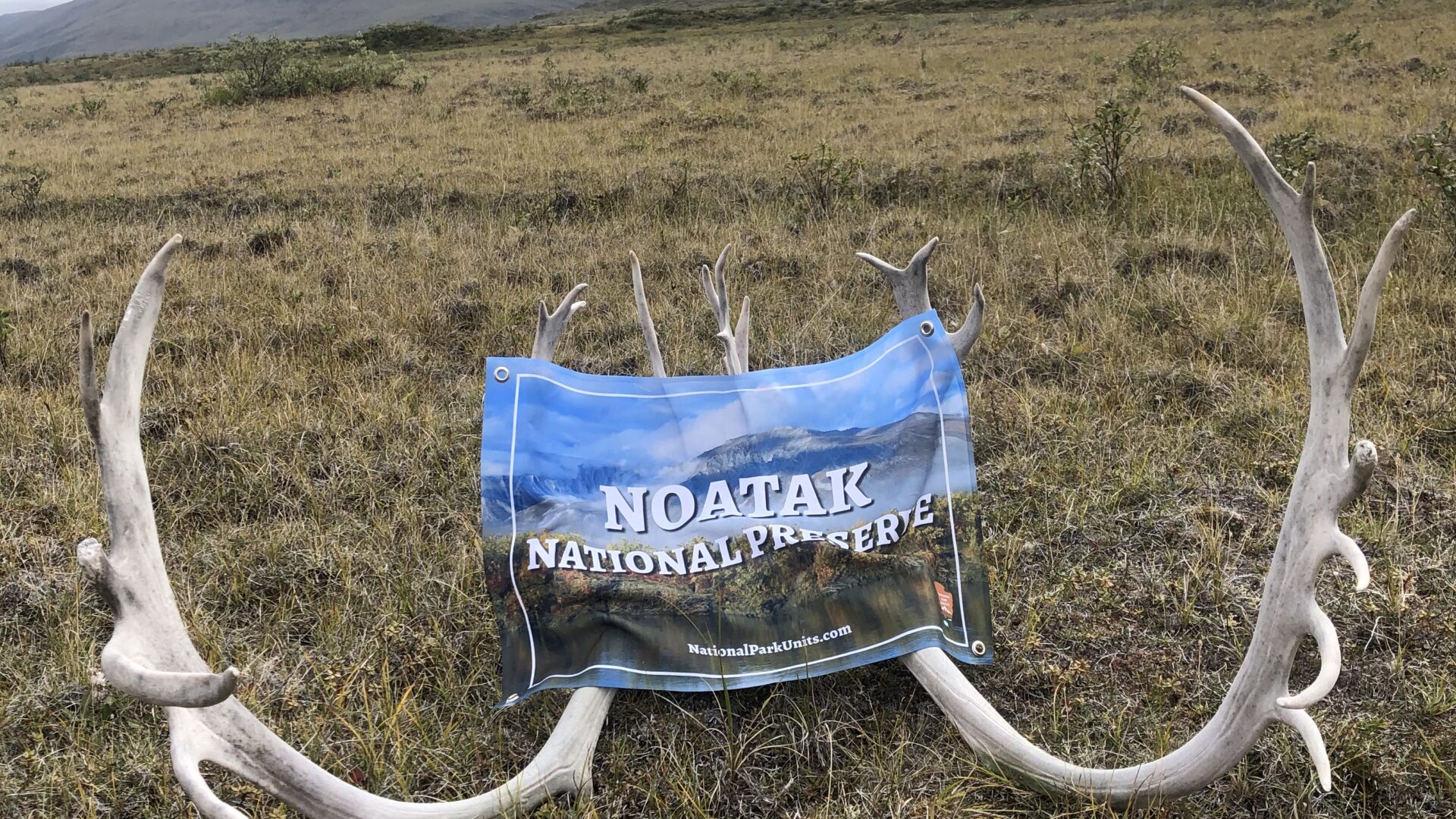
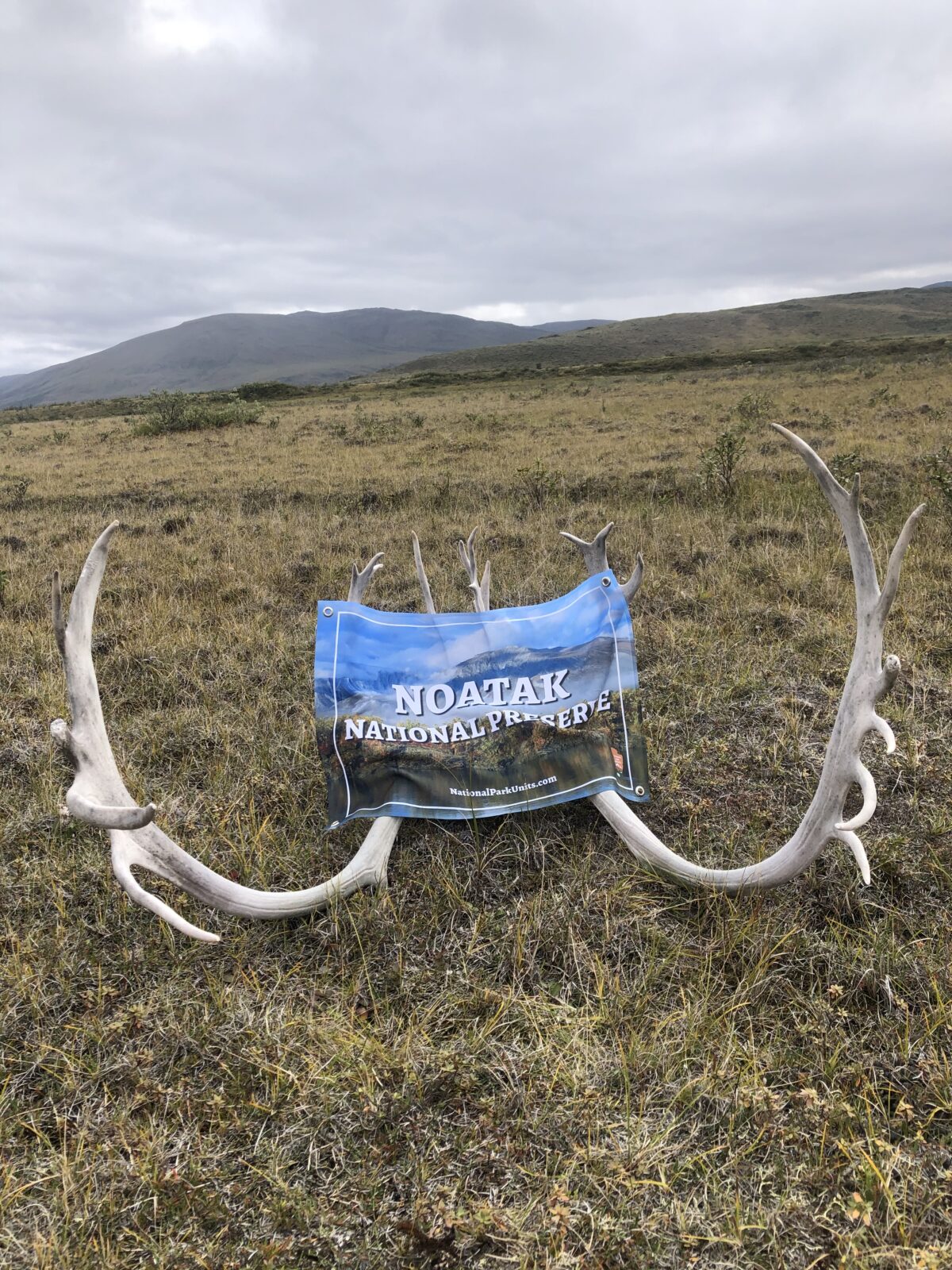
1 thought on “Noatak National Preserve: A Way of Life”
Comments are closed.